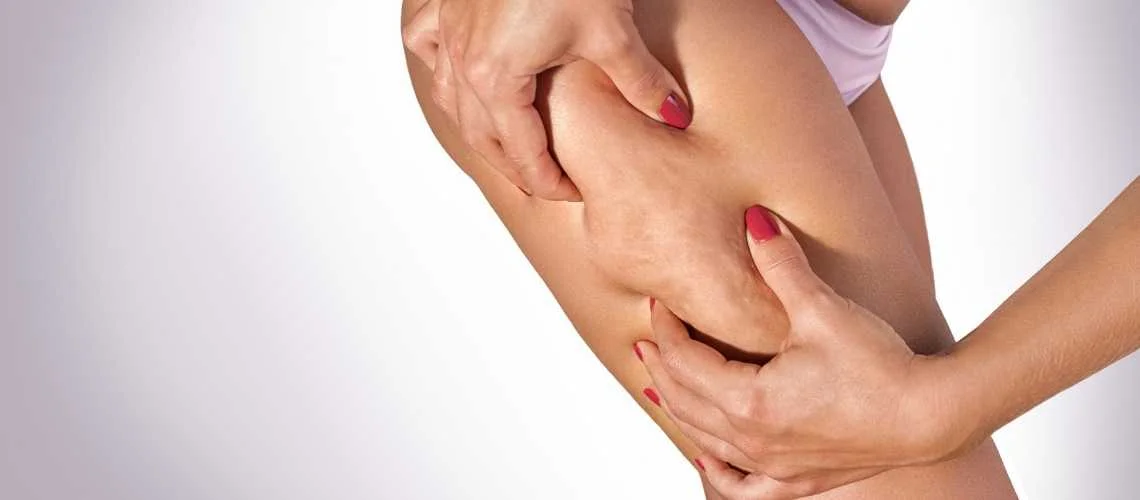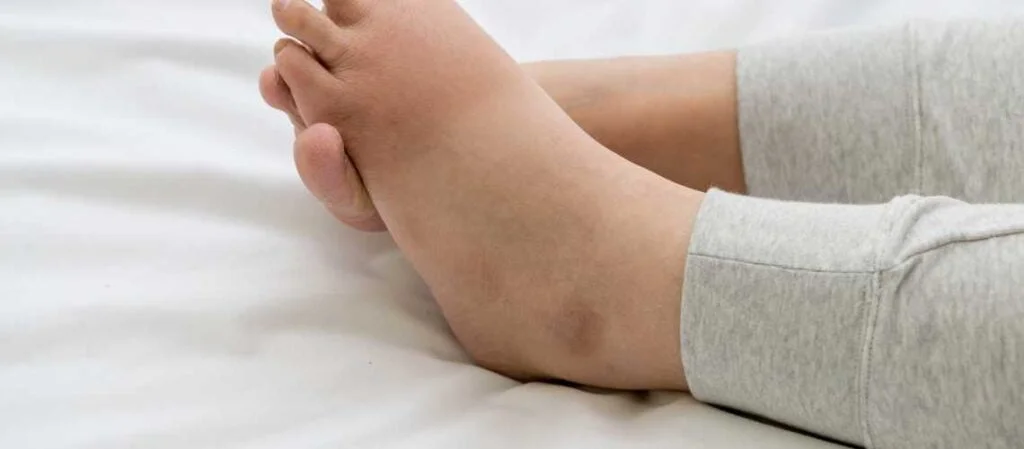Lipedema and cellulite are distinct conditions, often confused due to their appearance on the skin. Lipedema is a chronic disorder of fat distribution, primarily affecting women, while cellulite refers to superficial skin dimpling caused by fibrous tissue under the skin.
Lipedema typically presents with symmetrical fat accumulation in the legs and arms, often resistant to diet and exercise. Unlike cellulite, it can cause pain, swelling, and mobility issues. Early diagnosis is essential to prevent progression and ensure effective management strategies.
Cellulite, on the other hand, is a cosmetic concern affecting up to 90% of women. It develops when fat cells push through connective tissue, creating a dimpled skin texture. Although harmless, it can affect self-image, leading many to seek aesthetic treatments.
Treatment approaches differ significantly between lipedema and cellulite. Lipedema may require specialized liposuction and compression therapy, while cellulite is treated with non-surgical methods like laser, radiofrequency, or subcision, focusing on improving skin smoothness and tone.
What Is Lipedema?

Lipeodema is a chronic disorder that causes abnormal fat accumulation in the legs, hips, and buttocks, often extending to the ankles and feet. It affects primarily women and is thought to be caused by a hormonal imbalance. Lipedema is often misdiagnosed as obesity or lymphedema, which can lead to frustration and a delay in getting the right treatment.
The symptoms of lipedema can include:
- Symmetrical fat accumulation in the legs, hips, and buttocks
- Pain, tenderness, or sensitivity in the affected areas
- Bruising easily
- Swelling in the lower legs and feet
- A “cuff” of fat around the ankles
What Is Cellulite?

Cellulite is a common cosmetic concern that affects nearly 90% of women at some point in their lives. It is caused by fat cells pushing against the connective tissue beneath the skin, resulting in a dimpled or lumpy appearance. Cellulite can occur anywhere on the body but is most commonly found on the thighs, hips, and buttocks.
The symptoms of cellulite can include:
- Dimpled or lumpy skin that resembles an orange peel
- Skin that appears thin or saggy
- Mild to moderate pain in areas affected by cellulite
- Mild swelling or inflammation
How Are Lipedema and Cellulite Treated?
The treatment for lipedema and cellulite is quite different. While there is no cure for lipedema, early diagnosis and treatment can help manage symptoms and prevent progression of the disorder. Treatment options for lipedema may include:
- Compression therapy, such as wearing compression stockings or wraps
- Manual lymphatic drainage therapy
- Surgical procedures, such as liposuction or lymphatic sparing liposuction
Cellulite, on the other hand, can often be improved with lifestyle changes and non-surgical treatments. Treatment options for cellulite may include:
- Regular exercise and a healthy diet
- Massage therapy
- Laser treatments
- Topical creams or gels
- Acoustic wave therapy
Conclusion
Lipedema and cellulite are two different conditions that can cause similar symptoms. Lipedema is a chronic disorder that causes abnormal fat accumulation, while cellulite is a cosmetic concern caused by fat cells pushing against the connective tissue beneath the skin. Understanding the differences between these conditions is important for receiving the right diagnosis and treatment. If you’re experiencing symptoms, it’s important to speak with a medical professional to determine the best course of action for you.

